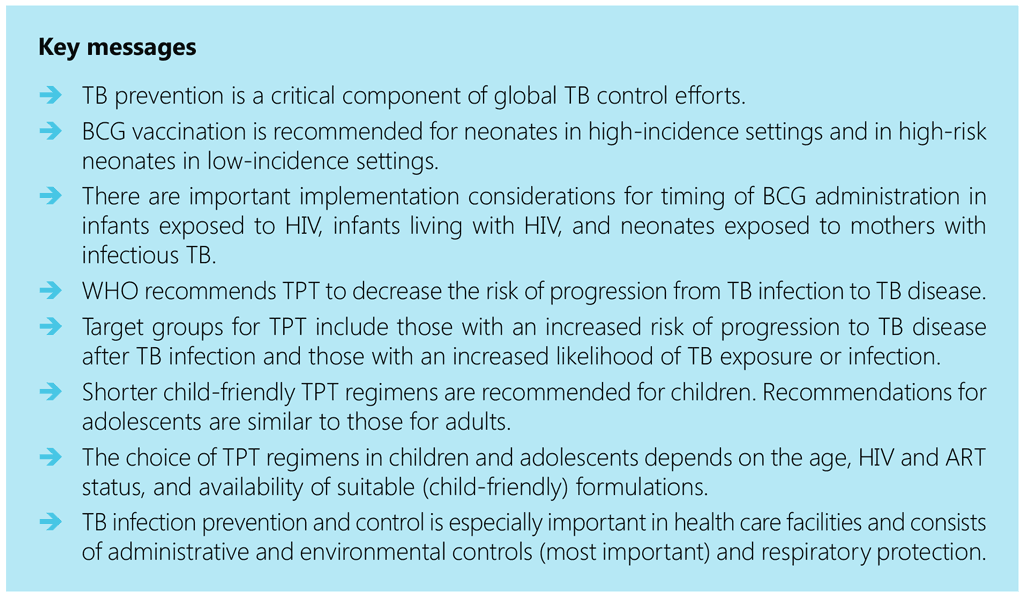4.2.5 Modification of treatment
The only experience using these new regimens stems from two clinical trials; it is therefore suggested that the programmatic implementation be aligned with this experience. Safe management of adverse events may warrant dose reduction or discontinuation of the component drugs. However, the BPaLM/ BPaL regimen has been studied as a standardized course of treatment. Modification of the regimen through early discontinuation or replacement of any of the component drugs may result in poor treatment outcomes.

 Feedback
Feedback